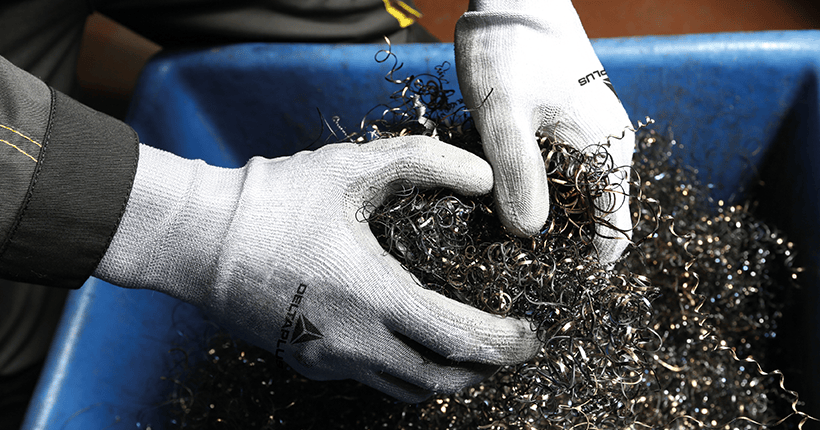
Whether you're a professional or a private user, protect yourself from cuts caused by sharp objects with our cut-resistant gloves. Quality and reliability guaranteed with Delta Plus


Whether you're a professional or a private user, protect yourself from cuts caused by sharp objects with our cut-resistant gloves. Quality and reliability guaranteed with Delta Plus
